

Religion and Ethnic Groupings
The indigenes of the district are very hospitable and accommodating and so relates very well with other tribes and origins that find themselves residing and working or touring the area .The predominant ethnic groups found in the Municipality are the Kassena and the Nankana whiles the minor group are the Builsas. However, there are other migrant settler ethnic groups who resides for various social and occupational reasons.
The Municipality is also characterized by various religious groups with the traditional religion being the dominant followed by Christianity and Islam. The religious organizations such as the Catholic Church (majority) Methodist Church, Presbyterian Church, Anglican Church, Church of Pentecost, Assemblies of God, Fountain Gate Chapel and the Mohammedans (Islam) perform some social development functions. They organize various forms of crusades to win souls for Christ and also heal the sick. They also support in the development of educational infrastructure and other support programmes.
Marriage
The payment of bride price takes the form of cola nuts, tobacco and guinea fowls. However, bridegrooms pay seven sheep and a cow together with the aforementioned items. It becomes obligatory for the bridegroom to present a Tidanas/Tigatu are the original owners of the land; however they transfer land to other family heads.
Traditional Architecture
The traditional shelter for the Kassena Nankan people is a compound of round and rectangular rooms, courtyards, and animal kraals for an extended family averaging about 30 people. The rooms are made from a mixture of mud, clay, and sand in the form of either damp balls or semi-dry blocks. These are built up in layers of -2 feet with a day or two of drying between each layer depending on weather conditions. These rooms are roofed with poles and thatch or with more of the clay mixture plastered on beams and poles. The roof is either flat, of the same mixture as the walls, or conical made of grass- They are typical for northern Ghana and are quite suitable for the climate in terms of protecting people from the elements. In Kassena and Nankana areas however, these rooms tend to disintegrate faster than in other parts of the Upper East, lasting only about 3 years and sometimes
collapsing during the heavy rains.
The houses have an open-side grass-roofed shelter outside the compound walls which is used for social activities. It is used as a gathering place for the family as a whole. Certain sub-sections of the family such as young mothers, children, older women, or men also make use of the shelter throughout the day. This is also the traditional place to receive visitors.
Traditonal Society and Culture
Family Structures
Family structure is basically the same as in other groups in northern Ghana. It is patrilineal. A man by tradition in the district is allowed to marry as many women as his strength (financial, material etc) can contain.
Authority/Rule
Authority in the household is with the presiding elder. A group of related households make up a clan which also has a clan elder. Several clans may be grouped in a section with its elder who sits among the chiefs advisors. The sections make up a village, which has a chief as its authority. The Paramount chief of the Kassena Nankana people are pio /naaba respectively.
There is a tendency then for Kassena Nankana women to keep whatever personal wealth they may accrue in their own father’s house. Men live in their own family houses with elders from their father’s generation and "brothers" of their own generation and any sons and their families. Cases are sent upward through the authority structures. A case is expected to start at the lowest applicable authority and pass up only as necessary as far as the village chief. If it is still unresolved it may be reported to the Police and enter the national justice system.
Religion and Religious Activities
The Municipality is characterized by various religious groups with the traditional religion being the dominant followed by Christianity and Islam. The religious organizations such as the Catholic Church (majority) Methodist Church, Presbyterian Church, Anglican Church, Pentecost Church, Assemblies of God, Fountain Gate Chapel and the Mohammedans (Islam) perform some social development functions. They organize various forms of crusades to win souls for Christ and also heal the sick. They also assist in the development of educational infrastructure and other support programmes.
Festivals and Festival Calendar
By way of upholding the cultural heritage of the people, festivals are celebrated annually to showcase the rich culture of the... and people of the area. As a significant cultural practice in the municipality the Fao festival is the predominantly celebrated festival of the chiefs and people of the Navrongo Traditional area. The festival is celebrated to give thanks to the gods for a bumper harvest and ensure food security in the ensuing year. Thefestival is celebrated in December each year.
Tourism Attractions
There are several very attractive physical and cultural landscapes worth developing into tourist centres. Already, One of Ghana’s most renowned attractions in Paga Crocodile Pond where tourists can mix with crocodiles and even feed them without danger. Other sites include the whistling rock at Chiana, Kayoro Kukula River and the captivating architectural forms at Sirigu and its surrounding settlements.
There is also the slave market and the Navrongo Catholic Mission. Fetish groves constitute alternatives to the vast grasslands and the dry season “green” spots are around the dams and dug-outs. For any real break through to be achieved for the tourism industry . There is the need to develop infrastructures such as trails, footpaths, sitting areas, restaurants, rest houses and recreational grounds.
There is also the need for expansion and qualitative improvements in the hotels and catering houses . These are attractive areas for any investor to sink his money into, considering the sheer attraction that Kassena–Nankana East holds for tourists. It abounds in tourism potentials including various sites, practices and other features of tourists’ interests. Potentials include the Paga Sacred Crocodile Ponds, Paga-Pio’s palace, Pikworo Slave Camps, Nania Gardens, Caves at Chiana, the Fao Festivals, Sacred Groves, Shrines, the Unique Catholic Cathedral Edifices, pottery projects, the village architecture in Sirigu and Kayoro Community-Based Eco-tourism Project etc.
There are also rock sites of different forms which, combined with other elements, brightens up the eco-environment. Apart from the Paga Crocodile Pond and the Pikworo Slave Camps, which are in operation though not reaping its full economic potentials, the lots of the rest listed above are idling despite their potential attractions. Few informal groups including the Paga Eco-Tourism Committee, the American Peace Corps groups and some individuals are into tourism activities development, supporting the activities of the ill-equipped Tourist Board Management Team.
Also, only few indigenous folks have the modern-tourism-eyes, an important factor hindering development of the potentials in the various communities. Hospitality Industry The municipality has inadequate hotel/guest house facilities even though the demand for such facilities is high and continuous to be on the increase. The hotel industry is therefore a potential area for hoteliers to invest. The hospitality industry requires some attention for its development by the private sector.
The inadequate number of hotels is compensated for with the availability of some modest Guest Houses which are conveniently located in the capital. These include Mayaga Hotel. M & 3 Hospitality, Cedec Guest House/Bar, Tono Guest House and Restaurant Pierre Lodge and St. Lucion Guest House and Restaurant/Bar.
In terms of Restaurants there are only a few good ones such as First and Last Bar and Restaurant, Peace and Love Restaurant, Perseverance Inn Bar and Restaurant, Cool Base Bar, Prisons View, Me and Jerry Enterprise, Speedlink restaurant, Paticence to All Bar, First & Last Drinking Bar and others where one can be served scrumptious African dishes, "soya"/grilled tilapia etc to go with their choice of drink.
There are also countless drinking spots that serve the sweet traditional alcoholic beverage "Pito" and other modern alcoholic s and non alcoholic beverages.
Recreational Facilities
There are a number of recreational centres in various communities which are self-initiated whiles some were also established by the Catholic Mission to serve as avenues for socialization. There are also a number of playing fields around e.g. Tennis Ball Court, Football field, Volley Ball Court etc.
Tourism and Hospitality Services
The land of Kassena Nankana is privileged with interesting but undeveloped tourism sites. Lacks of the necessary infrastructure and capacity to promote and enhance these sites for economic development pose a challenge. This makes investment in this sector an important issue.
Undeveloped Sites/Areas
TONO DAM: For cruising on the lake, Fishing and study of Farming system and practices of the people in the irrigated area water, sports etc.
UNGU CAVES: Telling the history of the engagement between Butu and Gulu Bu, the relationship that was developed and the foundaing of Navrongo.
BAGAO GUNGU: Present location of the Assembly and a spot the general of Babatu the slave raider, Bagao were killed. The significance of the spot is both historical and political.
GYARA TEO IN GIA: The spot where the Builsas lost the grounds in a battle with the Kassenas. KULNABA is a very important tourism site and has both religious and historical dimensions.
THE OUR LADY OF SEVEN SORROWS BASILICA: The beautiful traditional building edifice built in 1920s
DRUMMING AND DANCING: An important tourism issues and when reorganized correctly, contemporaries of music and dance will come to study, us creating a cultural band that can be used to show case the various dances, meaning of movement in the dances, musical instruments etc. Funeral and the traditional child naming performances: to study various rites performed for different funerals/child naming
THE CRAFT INDUSTRY: The story of how our people came to spin the yarn and weave the smock, produce bangles for both the arm and ankles, sickles for cutting grass and farm implements, leather products. Our textiles and clothing using the various smock types and their names, the triangular pant is important to consider.
HOTELS AND RESTAURANTS
The Municipality welcomes a lot of visitors on daily basis. Personnel of local, national and international organizations, companies and tourists visit regularly. There are no state of the art/modern hotels in the whole district although the demands for them are high. Visitors have to travel approximately 24km to Bolgatanga to get an average hotel to lodge in.
This makes the hotel industry a very viable area of investment. During ceremonial occasions especially, when patronage includes people from all walks of live, there is a significantly high demand for hotels as the available guest houses is not able to host all the visitors. This if done, would not only generate income for the investor , but would also enhance tourism development .
THE FAO FESTIVAL
To uphold the cultural heritage of the people, festivals are celebrated annually to showcase the rich culture and its significance. As a significant cultural practice is the Fao festival is the predominantly celebrated festival of the chiefs and people of the Navrongo Traditional area in December. The festival is celebrated to give thanks to the gods for a bumper harvest and ensuring food security. The festival is celebrated in December each year. Currently this festival is not recognized in the national tourism calendar of the country.
Capturing it in the tourism calendar and planning well for its celebration would attract people for all over during the celebration and promote huge tourism potential.
Hotels
The Hospitality Industry
The following are a list of major hospitality facilities, which complement the tourism industrial activities, offering recreation and avenues of socialization. They include: Mayaga Hotel, Tono Guest and Club Houses, Catholic Social Centres in various communities, CEDEC Guest House, M & J Hospitality, St. Lucion Restaurant, First & Last restaurant, Peace & Love Restaurant, Jet Club, Anipola Spot, Prison View, Pierre Lodge, and many other spots, pito bars, registered homestay-compounds, food chop-bars etc. spread all over. Due to the underdeveloped nature of the tourism industry, the hospitality industry depends mainly on the inhabitants, especially paid workers for their customers.
In effect, the hotels, clubs, restaurants and lodges are mainly situated in the urban settlements where formal sector employees reside. Peak periods in their operations occur on festive days, and market days immediately following salary disbursement periods as well as after the “tomato” seasons, when markets for the irrigated crops are good.
Date Created : 11/20/2017 7:35:06 AM




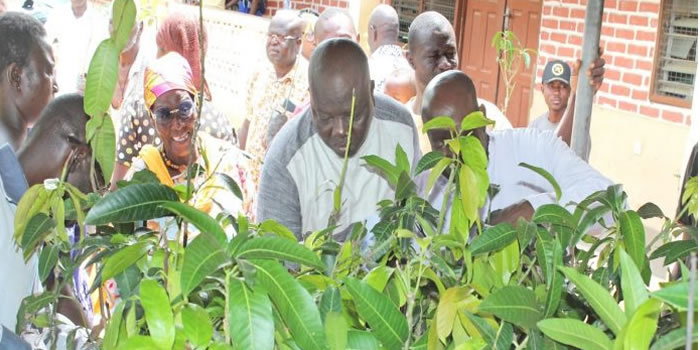
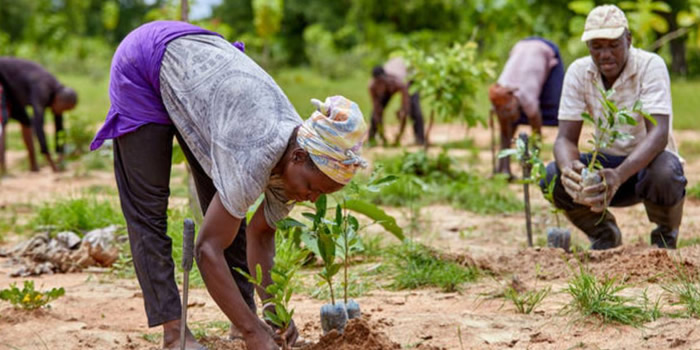
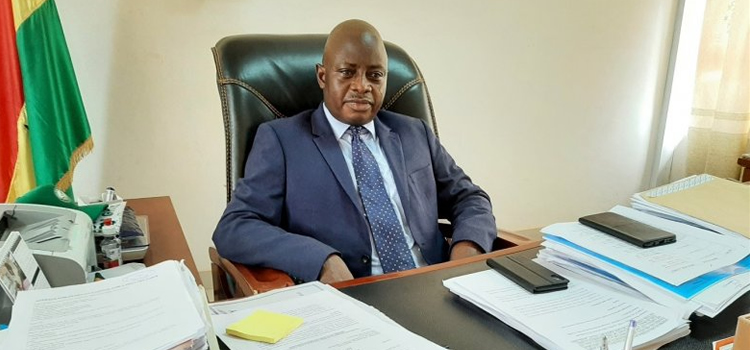
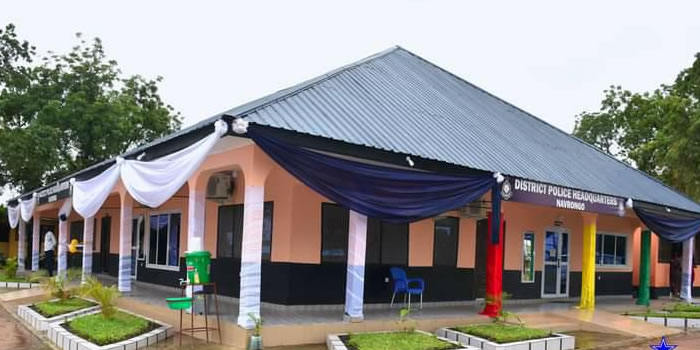
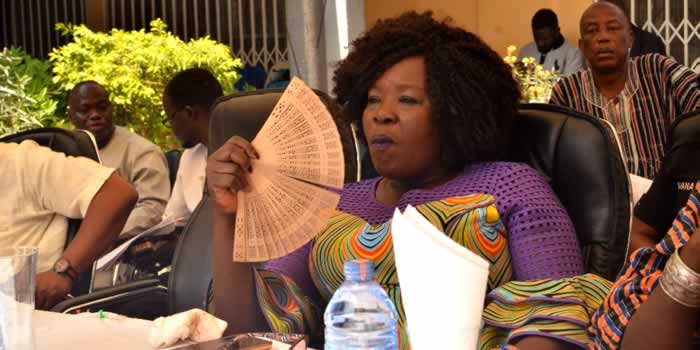


 facebook
facebook
 twitter
twitter
 Youtube
Youtube
 +233 593 831 280
+233 593 831 280 0800 430 430
0800 430 430 GPS: GE-231-4383
GPS: GE-231-4383 info@ghanadistricts.com
info@ghanadistricts.com Box GP1044, Accra, Ghana
Box GP1044, Accra, Ghana